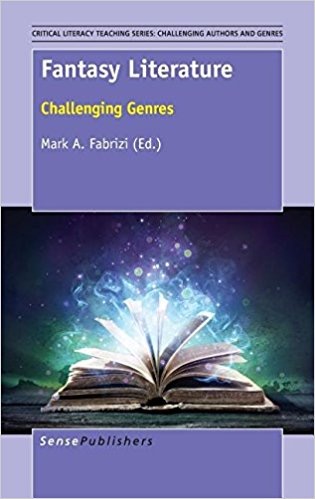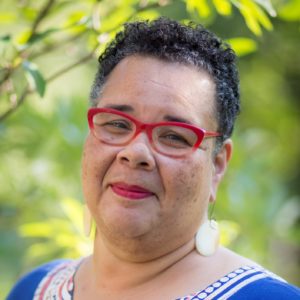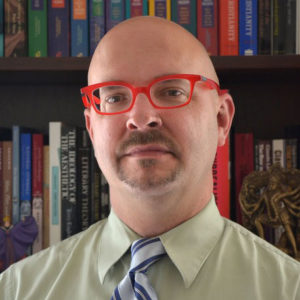student learning
Select an item by clicking its checkbox

Learning to Read Talmud: What It Looks Like and How It Happens
Date Reviewed: January 24, 2018
The subtitle says it all. This is not a how-to book that will teach one how to read the Talmud, but a book on how to teach others to read the Talmud. It is part of a “growing field of the scholarship of teaching and learning (SoTL), a field that seeks to expand the research agendas of scholars in a particular discipline to include research into the teaching or learning of that discipline or both” (xii). Each chapter is written by a different instructor of Talmud, all of whom have various methods and goals for teaching Talmud to their students. While the title might sound like it severely restricts its audience to those who teach Talmudic students, it doesn’t. Insofar as the book examines various methods for teaching a text that is both ancient and in a foreign language, the book could be useful for anyone who teaches primary texts, especially primary texts that involve a foreign or dated language.
The book does not advocate a particular method of teaching or approach to reading the Talmud, recognizing that the best method and approach would depend on the goals of the class and the students’ previous exposure to Hebrew in general and the Talmud in particular. Some of the instructors focus more on the technicalities of the languages, such as Berkowitz and Tucker. Others, such as Gardner and Alexander, focus more on how one teaches the text to non-specialists. Kanarek examines the role of using secondary readings to understand the primary text in teaching. Whatever one’s style of teaching or goal for a primary text in a foreign language, one can find various ideas for how to implement them in the classroom.
Each chapter gives a brief background as to the intent and assumptions of the instructor, specific examples of what was done, student feedback or responses, as well as post-class reflections. Berkowitz discusses the usefulness of study guides for assisting students in asking the right questions about grammar and vocabulary to aid their understanding and make technical terms seem less alien. Tucker exemplifies in his approach how to help students appreciate and not gloss over difficulties in the texts. Kanarek examines how different types of secondary readings can help students in different ways discover and appreciate issues in the texts. Gardner considers how explaining the narratives and surrounding culture aids non-specialists in understanding and appreciating the texts. Alexander structures her class to help students appreciate the possibility of more than one answer. All in all, this book offers some very practical ideas on teaching original and foreign texts.
Several years ago, I was expecting a guest speaker in one of my courses. To prepare for the colleague’s visit, I asked my students what questions they had for the person. Silence. And not a quizzical silence, just a dead silence. I tried to prime the pump by repeating ...
In graduate school, I spent a year teaching at San Quentin State Prison while writing my dissertation. I loved my Religion and English classes at the prison and frequently remarked to friends that teaching incarcerated men, many of them in their mid-thirties or beyond, was strikingly similar to teaching 18-22...
The questions that inform my teaching and scholarship focus on representations of violence. This means I spend a good deal of time studying such representations. I learned several years ago that my capacity to answer relatively straight-forward questions like “But is that film really gory?” or “Will I find that ...

Fantasy Literature - Challenging Genres
Date Reviewed: December 12, 2017
Although it is not immediately apparent from the title this is a book on pedagogy, and it contains many useful ideas for the teaching of religion and theology. Each of the chapters in this volume suggests a way in which teachers in secondary and university education can use popular works of Fantasy Literature to teach critical literacy. Fantasy Literature is difficult to define, but it is hard to deny the enormous influence it has had on popular culture. Rather than dismiss this literature as mere genre fiction, the authors of this book see the popularity of Fantasy Literature as an opportunity to reach and engage a variety of students in serious questions about race, gender, class, and privilege.
The book begins with a brief introduction that defines critical literacy broadly, noting that as a blanket term it encompasses Marxist, feminist, postmodern, and other critical theoretical discourses. Following this, most of the chapters in the volume focus on one or two works of Fantasy Literature, demonstrating how they can be used to teach an important concept in critical discourse. Here I will mention a few examples. In the first chapter Neil McGarry and Daniel Ravipinto assess the conservative, patriarchal, and heterosexist autocratic ideology at play in the works of J. R. R. Tolkien and George R. R. Martin. Given the current popularity of the latter’s works, this chapter could inspire a variety of pedagogical interventions. Martha Johnson-Olin reads a current text using historical example in her chapter, “Strong Women in Fairy Tales Existed Before Frozen: Teaching Gender Studies Via Folklore.” Several other chapters use the Harry Potter series: Editor Mark Fabrizi’s chapter uses Harry Potter to teach Machiavelli, while Claire Davanzo uses the actions of Dolores Umbridge and Cornelius Fudge, especially in Harry Potter and the Order of the Phoenix, to teach Marxist ideas about oppression and resistance.
While most of the chapters in the book examine one or a few works in light of one critical concept, Nathan Frederickson’s chapter follows a different approach, and is the chapter that would likely be of greatest interest to the readers of this site. In his chapter, Frederickson lays out his plan for a course on religion and Fantasy Literature that focuses on critical pedagogy. This course is divided into eight sections: (1) defining key terms, (2) colonialism, (3) capitalism, (4) perspectivism and pragmatism, (5) feminism and queer theory, (6) interrogating the self, (7) royal ideology and the monomyth, and (8) critical pedagogy and reflexivity. Frederickson provides annotated lists of suggested texts for each of these sections. He also helpfully breaks these lists into those works that are best suited for high school, undergraduate, and graduate classrooms, making this syllabus useful for a wide range of educators.
The syllabus chapter is particularly useful, but given its broad scope, it is likely that many teachers of religion will find helpful ideas and suggestions in this book for weaving popular culture and critical literacy into their courses.


